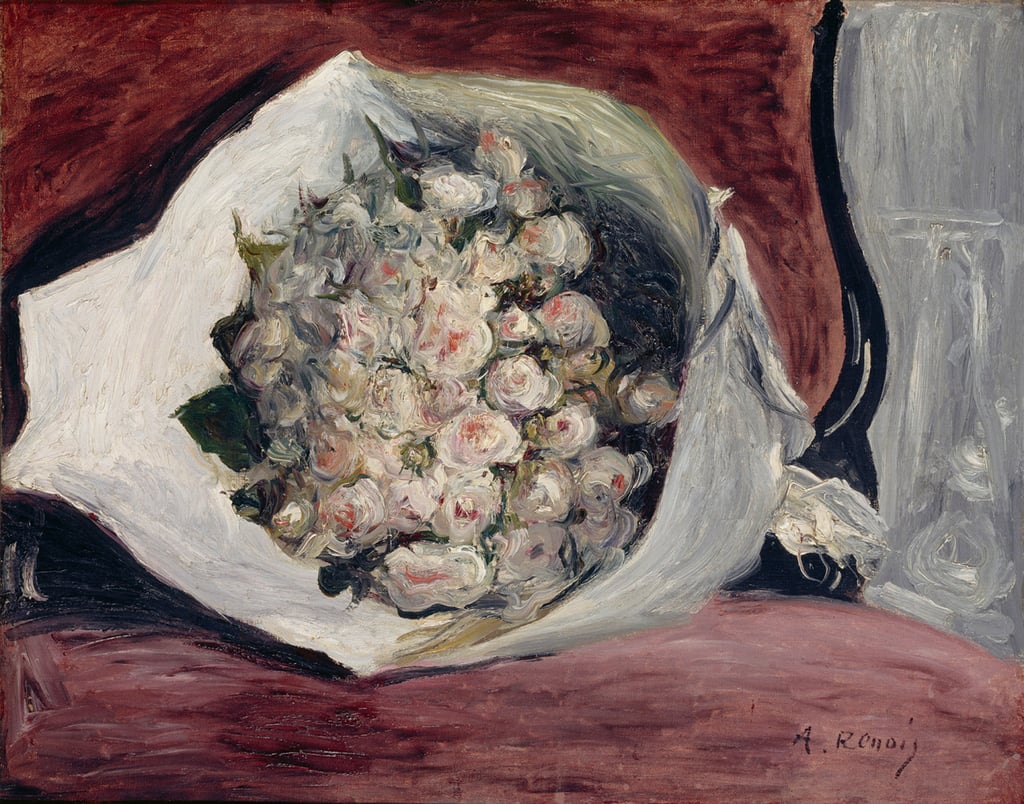Cézanne and Renoir’s strikingly different styles, explored in a new exhibition
Hong Kong Museum of Art’s exhibition, ‘The Hong Kong Jockey Club Series: Cézanne and Renoir Looking at the World’, will feature a collection of 52 late 19th century works from the Impressionist masters

One of the greatest friendships in the history of art was that between Paul Cézanne and Pierre-Auguste Renoir, both fathers of the Impressionist movement and pivotal figures in the transition to 20th century modern art.
Cézanne and Renoir’s innovative approaches to colour, form and composition not only defined their own artistic identities but also influenced a generation of artists, including the likes of Pablo Picasso. And now, more than a century later, those bonds have inspired an exhibition at the Hong Kong Museum of Art. Titled “The Hong Kong Jockey Club Series: Cézanne and Renoir Looking at the World”, it opens on January 17 and will run until May 7.
“In the 1860s, Cézanne was introduced to Renoir by another Impressionist painter, Camille Pissarro,” says Hong Kong Museum of Art director Dr Maria Mok. “Their friendship was characterised by profound mutual admiration, and they provided support to one another throughout their artistic journeys. Both artists influenced each other’s work while delving into themes such as still lifes, landscapes, portraits and bathers. Cézanne concentrated on structural elements, whereas Renoir highlighted light and shadow.”
Featuring a collection of 52 masterpieces, the exhibition aims to illuminate how these masters interpreted the world around them at a time of significant societal change in France, while highlighting their enduring friendship, which blossomed during their time together in Paris in the 1860s.

On display are works such as Still Life with Soup Tureen (circa 1877) and Apples and Biscuits (circa 1880), which exemplify Cézanne’s ability to capture the essence of everyday objects with a sense of permanence and structure. Renoir embraced a more fluid style, focusing on light and colour to convey emotion and atmosphere, as seen in his Bouquet in a Theatre Box (circa 1880), which captures not only the vibrancy of life but also the intimacy of social interactions during his time. Their dialogue through brushstrokes represents two sides of Impressionism: Cézanne’s analytical rigour and Renoir’s lyrical beauty.